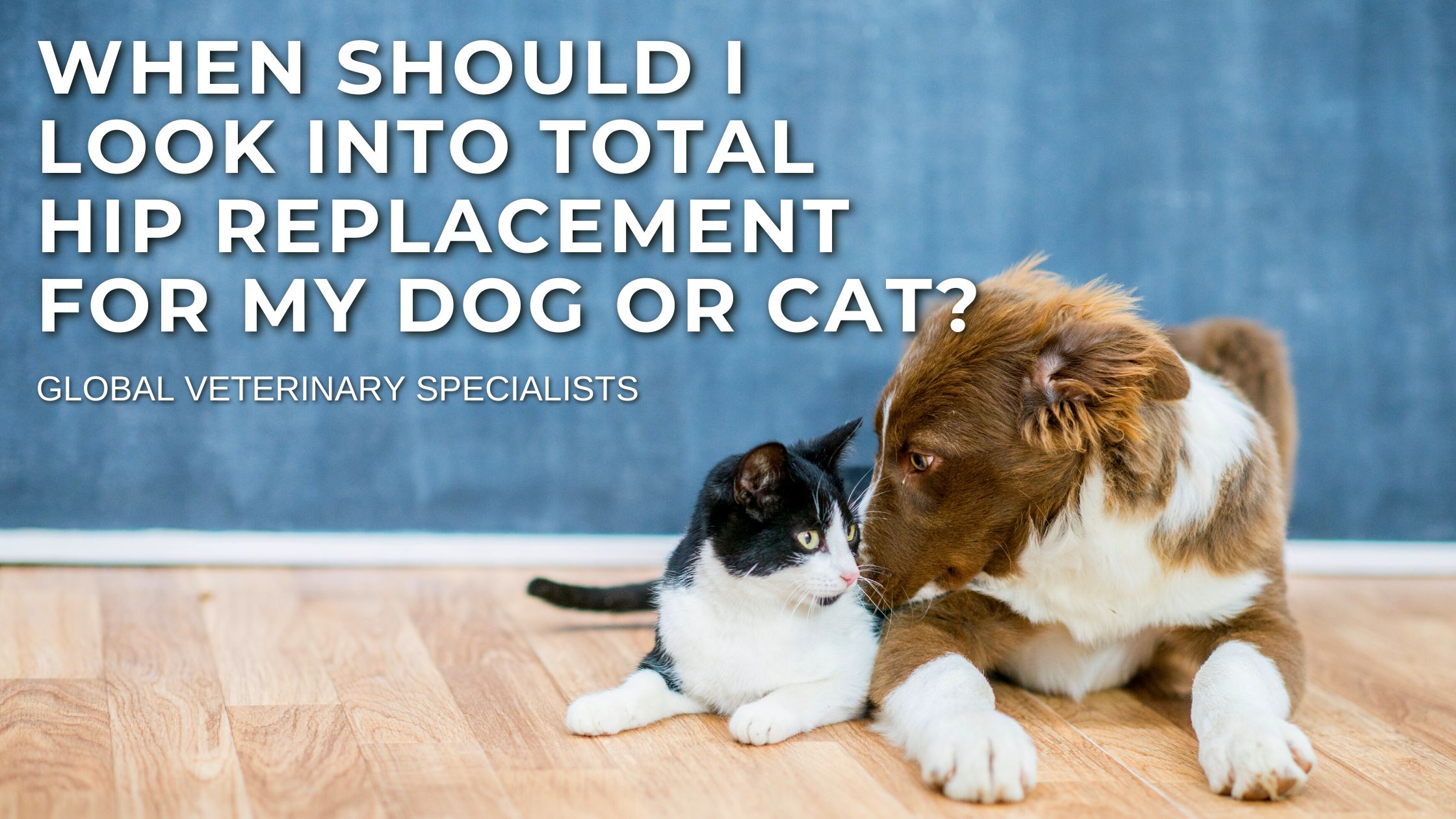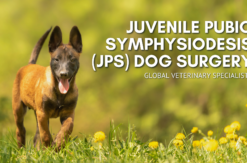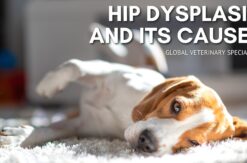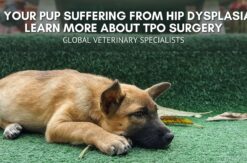If you have any concerns about your companion having hip problems; ask a veterinary surgeon when you should start considering Total Hip Replacement (THR)surgery for your fur baby, the sooner you get started – the better!
Hip dysplasia is a condition that is characterized by abnormal joint laxity in which the head of the femur does not fit tightly within the acetabulum – often present with hind limb lameness and pain. These and other common symptoms that may show up have the ability to restrict your pet’s ability to move easily, reducing their quality of life over time.
Of course, the timing of surgical intervention is subjective and case by case scenario; but as a rule of thumb, THR should be strongly considered once medications are required to start controlling pain for a long period of time, about a month or more.
THR is the optimum way to restore a pain free hip joint with normal biomechanical function for the life of your dog or cat. After recovery, your dog can resume a healthy and happy life, of course, this recovery time can depend on the severity of the condition and your pet’s age.
Description of a Total Hip Replacement
In a Total Hip Replacement procedure, a veterinary orthopedic surgeon replaces the arthritic or traumatized hip joint with prosthetic components; the femoral stem, femoral head, and acetabulum cup. The implants are made of either titanium or cobalt-chrome stainless steel and ultra-high molecular weight polyethylene.
The veterinary surgeon will determine the appropriate method, cemented or cementless, for your companion during the examination. A cemented implant uses bone cement and the on-growth of bone, whereas, cementless technology utilizes precise initial implantation and in-growth of bone.
The procedure is highly successful for both dogs and cats between 3.5 and 180 pounds and any age once skeletal maturity is reached. The latter typically occurs between nine and ten months of age. It is an excellent way to re-establish normal function for dogs and cats with hip dysplasia and other forms of advanced osteoarthritis.
Schedule a Veterinary Appointment Today
Global Veterinary Specialists recognizes that dogs and cats encounter orthopedic injuries, disabling difficulties, and diseases that can affect their life. Each GVS surgeon has more than twenty years of experience handling the most complex problems that may arise in your felines and canines. We are teachers, mentors, inventors, clinical researchers, and surgeons driven to achieve excellence for every animal. Contact us today to learn how we help restore your four-legged family member’s quality of life.



